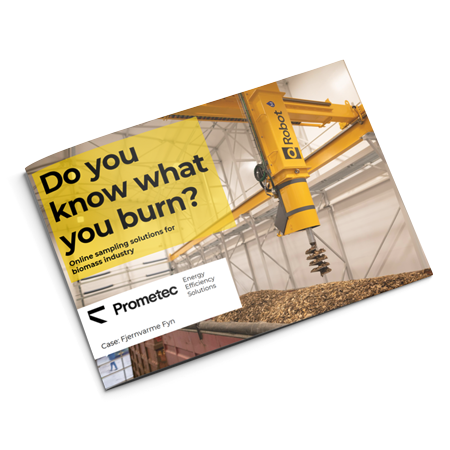It’s all about safety
1.7.2019
Workplace safety is a part of daily life in today’s work environment. It is receiving more and more attention and the importance of workplace safety has been growing persistently over the years. These days, workplace safety is an integral part of the business and a “zero incidents” model is gaining considerable ground. For companies, workplace safety can be a key differentiating factor in the highly competitive labor market. Nowhere is it more important than in traditional industry where there are a variety of job assignments and different dangers. Key then is to figure out how to decrease risk towards reaching the goal of zero incidents.
I have worked in power plant fuel yards for a couple of years now. Every so often a “whoops” or “well, these things happen” hits my ear. There have been a number of near misses in my own work too. It always makes you think how these incidents could have been avoided. There are situations where it is up to chance, but also situations when it has been simply about a lack of attention. We are all humans, and none of us can stay vigilant all the time.
Near-miss with a cubic feet of frozen biofuel
The most dangerous incident I have had was unloading cargo one winter. I was sampling the cargo from the truck with poor visibility into what was coming down next. Suddenly, a block of frozen fuel roughly the size of one cubic meter hit my sampling scoop. It grabbed the scoop right along with it and wedged itself tight against a nearby steel beam. The fingers of my glove got mashed stuck between the steel beam and the block of frozen fuel. My hand that was just inside the glove was only saved by my letting go of the scoop. After realising what had happened, I was in shock for the next hour – I could’ve lost my fingers! Gradually my pulse settled and I regained my wits, but these incidents always leave a scar and not one unloading goes by that I don’t remember it. Likely I will never forget it.
The dangers of working in a fuel yard at a power plant are many. Sampling devices are sure to be the single greatest risk factors, where light sampling ladles meet enormous fuel loads. Slippery surfaces are another issue, and at times the dust from the fuel cargo can get intolerable. I have heard of a situation where a driver has had to pause fuel transport from all the dust making it too hard to breath properly. Unloading sites also have dangerous grids that can get you stuck as high up as your knees. The saddest case I know is a loss of life from having a driver fall down an unloading pit with fatal consequences.
Automated sampling drives down workplace hazards
For a power plant, performing accurate sampling of the inbound cargo is critical to understanding the energy density of the load for more accurate management of the plants operation, and to minimize errors in fuel balance inside the boiler. Safety is a key aspect in retaining such a high quality sample. Dangers during unloading can prohibit drivers from performing sampling up to the required standards and there is always room for human error.
With advances in current technology, safe and reliable sampling is possible. Automated sampling technology has been taking huge leaps forward, but we are yet to see large scale adoption of those methods. Partially this has been due to a lack of a complete solution on the market and the heavy investments required by the few incomplete solutions. But can you put a price on safety? With modern automated sampling in power plants, workplace hazards can be significantly minimized and sample quality improved – at no loss of jobs or extra load on the environment.
Payback times of these investments are miniscule compared to advances in workplace safety. In my opinion, companies should adopt Best Available Techniques (BAT) model also in workplace safety in addition to their efforts in preserving our environment.
After all, it is all about safety.

Truck unloading cargo into unloading pit.

Dust from unloading biofuels.

Dangerous grids – careful you don’t get stuck!







